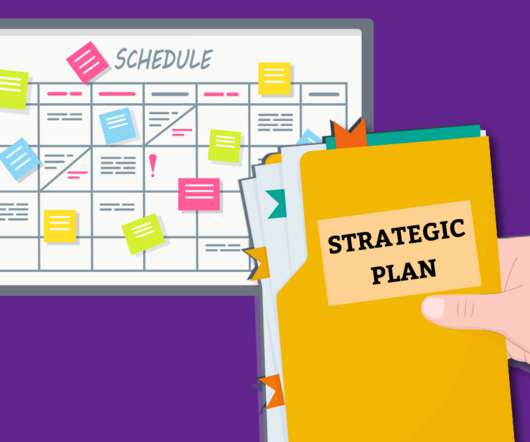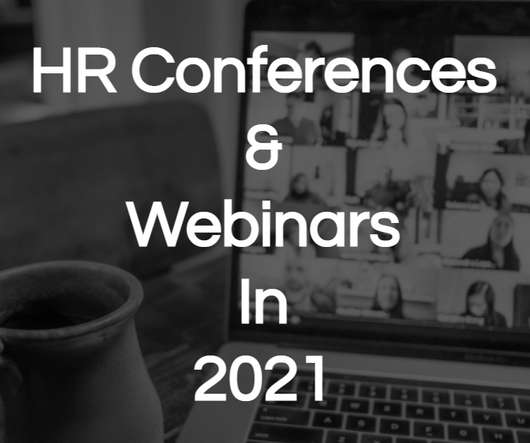Make Sense of HR Technology Options Available For Your Business
Reflektive
AUGUST 5, 2019
HRM platform features include: Analytics Benefits administration Employee self-service Grievance handling Learning management Managing organizational hierarchies Payroll Performance appraisal Performance records Recruiting and retention Scheduling Time and attendance Tracking/improving process efficiency.

































Let's personalize your content